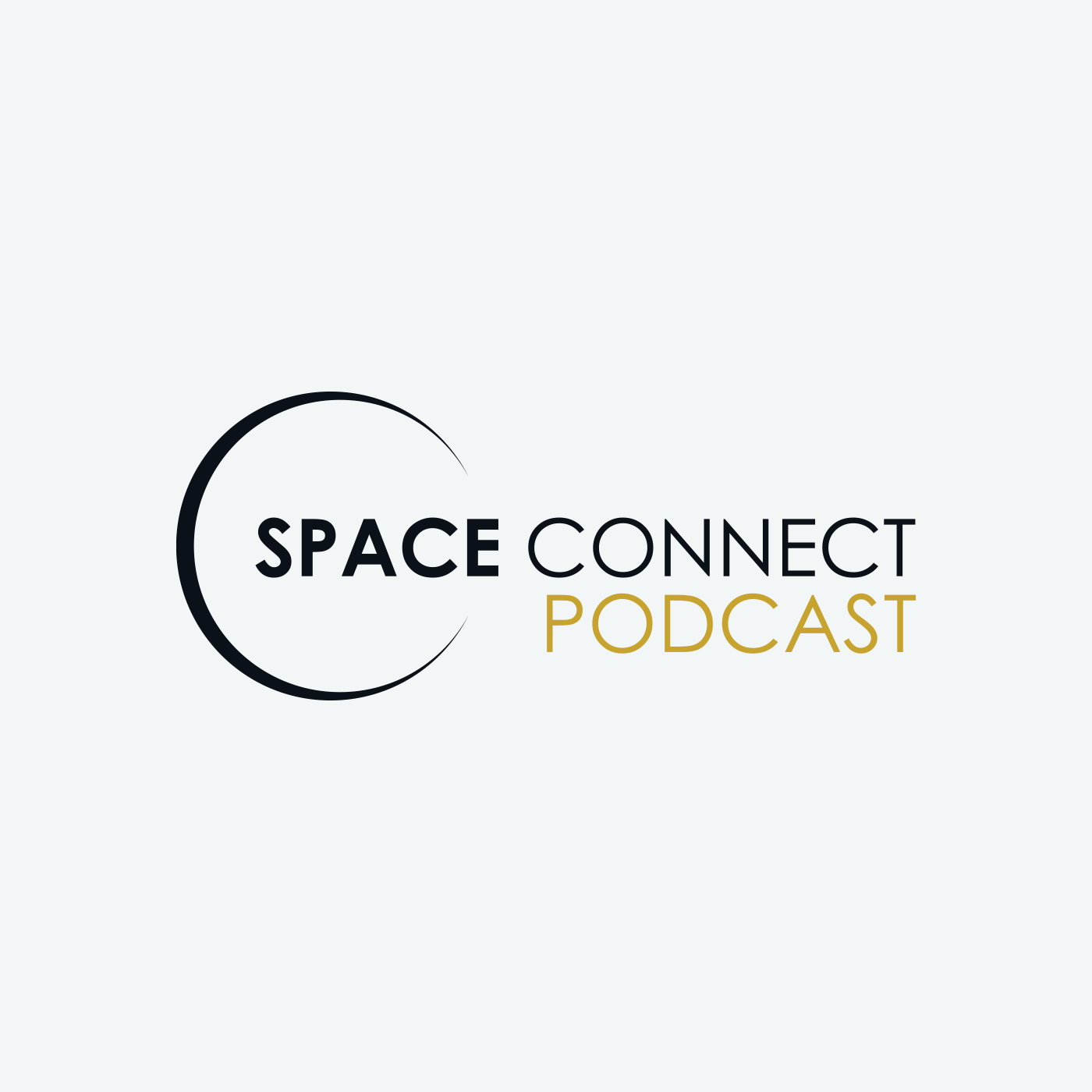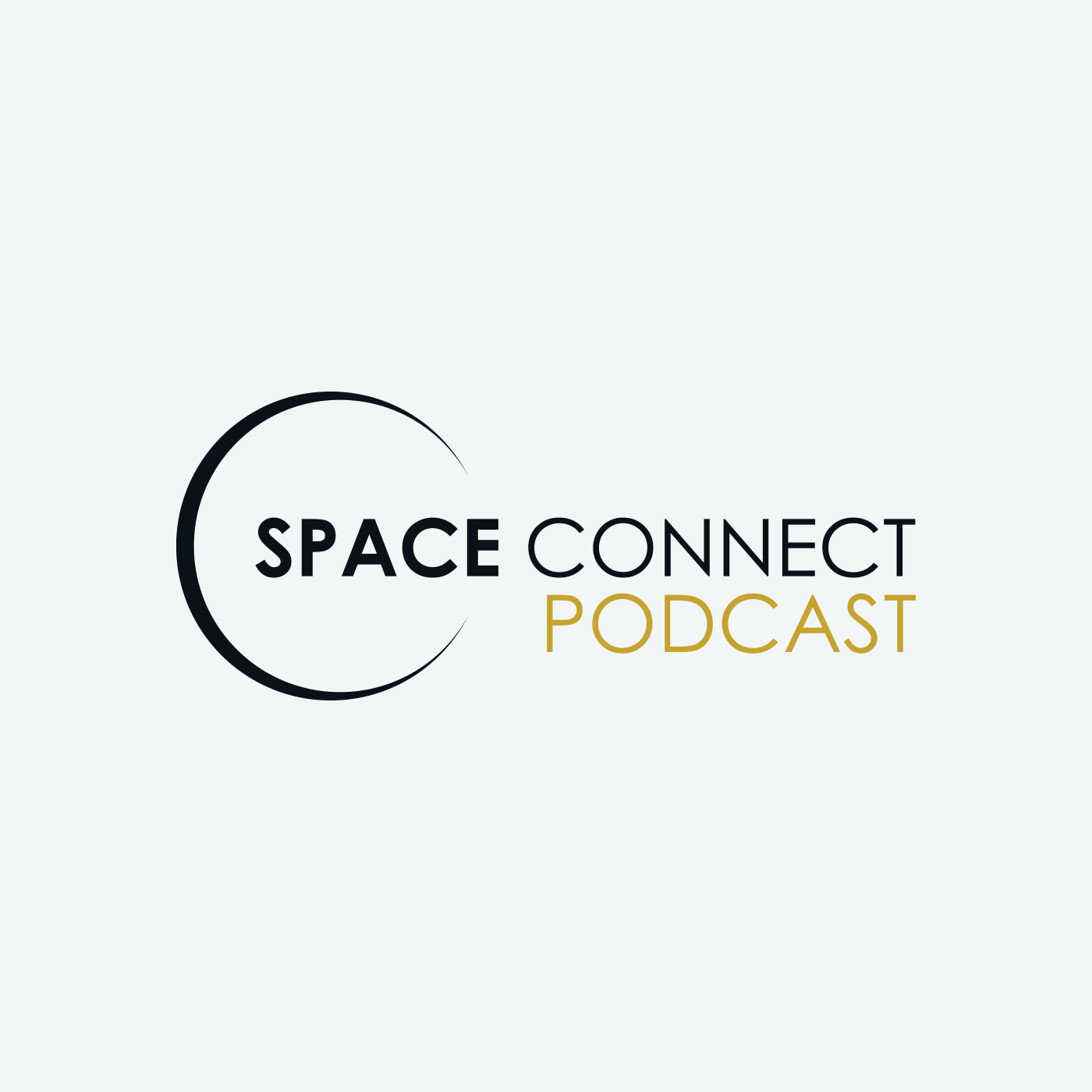Discover Space Connect Podcast
Space Connect Podcast

Space Connect Podcast
Author: Momentum Media
Subscribed: 15Played: 1,206Subscribe
Share
© All rights reserved
Description
The Space Connect Podcast tells the stories of the people and businesses that are shaping the development of Australia’s space industry. Join Space Connect Podcast host Adam Thorn as he uncovers the talent driving this emerging sector – and how you can play your part in this booming industry.
119 Episodes
Reverse
This month, Space Connect reported how researchers operating the Australia Telescope Compact Array (ATCA) in NSW used an athletics-style method to measure the speed of neutron star jets. The international team timed the phenomenon like a “100-metre sprinter” to record that it travelled at 114,000 kilometres per second – one-third the speed of light. In this episode, Tom Russell, who led the research, talks through the mysterious jets and how they developed a new way to track them. Plus, he discusses why the ATCA telescope is still such a pioneering machine and what the future of the research holds.
We’re less than two months away from our annual Australian Space Summit and Exhibition. The two-day event will be the biggest yet, featuring headliners including Virgin Galactic, Blue Origin, and the commander overseeing the US Space Force’s Indo-Pacific team. Hosting the event is Alan Duffy, a professor in astrophysics and pro-vice-chancellor of flagship initiatives at Swinburne University. He joins the show this week to discuss his incredible career and the biggest issues in the sector this year.
An astronomer from Curtin University discovered 49 new galaxies from just three hours of operating the MeerKAT radio telescope in South Africa. Dr Marcin Glowacki was leading an international collaboration aiming to study the star-forming gas in a single radio galaxy. However, while the team didn’t discover the star-forming gas in the galaxy they were studying, they instead uncovered other galaxies when inspecting the data later. This week, Dr Glowacki tells the story behind his incredible finding.
A new industry-wide group dedicated to promoting diversity in the space sector has launched with the support of the Australian Space Agency and Defence Space Command. The Australian Space Diversity Alliance (ASDA) aims to help senior leaders and minimise the barriers that marginalised groups face. This week, two of its co-founders, Mei He and Dr Elise Stephenson, talk about the initiative and what they hope it will achieve.
This month, Space Connect reported how researchers from the University of Sydney discovered that Earth’s interactions with Mars can drive deep sea circulation here on Earth. The teams used geological records of the deep sea to discover a link between the orbits of the two planets and past global warming patterns. In this episode, co-author Professor Dietmar Müller talks through the research and the unique collaboration with Sorbonne University in Paris. He also discusses what comes next and how researchers can use their discovery to understand better future climate outcomes.
Late last year, the US and Australia signed a landmark deal that will allow more US rockets to blast off from Australian spaceports. However, the full text of the Technology Safeguards Agreement (TSA) was only recently released to Australian industry for its feedback. In this episode, Joel Lisk, a research associate in space law at Flinders University, talks through what the deal means. He also explains how it differs from similar TSAs agreed between the US and other nations.
Helen Tung left her career as a London litigator to become an international space lawyer based in the UAE. In this special episode presented by Space Connect’s sister brand, Lawyers Weekly, Jerome Doraisamy talks to Tung, who is also a College of Law lecturer in international arbitration. The pair discuss her move into the space industry, how the sector is rapidly growing, and her work with start-ups. Finally, they examine why the barriers to entry are lower for women moving into space law because the sector is so new.
Craig Jones is the deputy director of business incubation at the University of South Australia. His job is to work with start-ups and help them expand and thrive. He tells host Adam Thorn how hard it is for young organisations to go from having a great idea to commercialising it. The pair also talk about the growth of our local industry since it began to rapidly expand.
SmartSat CRC is a collaboration between universities and research organisations that partner with industry. Funded by the federal government, it has helped pioneer projects as varied as monitoring crops from space, managing bushfires, and even working with NASA to develop rescue beacons in space. In this episode, the organisation’s CEO, Professor Andy Koronios, discusses its work as well as how the Australian space industry has expanded and evolved over the years.
CyanoSat is the first Australian-designed and built hyperspectral imager designed to monitor water quality on Earth. Hyperspectral imaging analyses the composition of materials and is being used by the CSIRO to differentiate harmful cyanobacteria from other algae in coastal and inland water bodies. In this episode, Dr Stephen Gensemer, who led the project, talks about how advancements in space can improve life on Earth.
The launch of the University of Melbourne’s SpIRIT mission last month was a milestone moment for Australia’s space industry. A unique collaboration between industry and academia, the nanosatellite will search for gamma rays using scientific instruments created by the Italian Space Agency. In this episode, the professor leading the project, Michele Trenti, talks through the nerve-racking moments before launch – and what happens next.
The Australian Centre for Space Governance is an organisation that brings together experts from a variety of fields across six different universities. It recently released a very intriguing survey looking at just how aware the general public are is of Australia’s space industry. The results suggest that the sector has much more to do if it’s to highlight its achievements. This episode, two of the people behind the report, Dr Cassandra Steer and Dr Tristan Moss, discuss its findings.
Australia’s space industry is currently grappling with a skills shortage, which means tens of thousands of new workers are needed for the sector to continue to grow. But while the problems are well known, the industry is struggling to explain how it can find solutions to encourage the next generation to pursue what should be the country’s most exciting career. In this episode, our guest is Jen Malone, a woman who single-handedly set up the Young Astronauts Club, an initiative that aims for school children to take an interest and be involved in space exploration. She talks about how she did it and how we can encourage more participation, and diversity, in STEM.
Anntonette Dailey has seen first-hand how Australia’s space industry has been transformed from a minnow into one of the country’s fastest-growing sectors. Now working for Defence Council Victoria, she tells host Adam Thorn how she turned a passion for space as a child into a lifelong career. The pair also discuss how we can attract more young people into the industry, and why it’s important to make space accessible to women.
The One Giant Leap Australia Foundation is a not-for-profit organisation whose purpose is to advance STEM education and careers. It provides life-changing opportunities for students and educators to develop and build their knowledge and understanding of these crucial subjects. This week, Jackie Carpenter, its managing director, joins host Adam Thorn to talk more about the organisation.
The $180-million iLAuNCH trailblazer is a partnership between universities and industry that aims to accelerate space innovation in Australia. This week, Darin Lovett, the organisation’s executive director, tells Adam Thorn how academia and private companies can work together for everyone’s benefit. Plus, the pair discuss his astonishing CV, which has seen him oversee South Australia’s space strategy, help create Defence’s revolutionary Loyal Wingman aircraft, and even work in the Pentagon.
Equatorial Launch Australia made global headlines last year when it launched three NASA rockets from its pioneering spaceport in the NT. A year on, its CEO, Michael Jones, joins the Space Connect Podcast to talk about what’s next for the business. Jones also discusses how Australia should both compete and collaborate with other international space industries as demand for launch outstrips supply.
Earlier this month, Space Connect reported how the University of Queensland unveiled a new furnace that can help create the components used on hypersonic “spaceplanes”. The device will be able to heat materials to almost 3,000 degrees, allowing it to replicate the extreme temperatures experienced by hypersonic vehicles as they travel beyond Mach 5. UQ Associate Professor Michael Heitzmann, one of Australia’s leading experts on composite materials, tells Adam Thorn how the furnace works. Plus, he reveals how far away we are from a world where spaceplanes become a reality.
CSIRO’s 36-dish ASKAP telescope – or Australian SKA Pathfinder telescope – has spotted a galaxy that may be surrounded by a “polar ring” of gas. In this episode of the Space Connect podcast, Dr Bärbel Koribalski, a co-author of the project, explains what this means and how it can shape our understanding of the universe.
Earth observation satellites can provide a wealth of data that can’t be gathered at ground level – and a lot of this data, such as land use and vegetation, is useful for agriculture. SmartSat CRC’s “Maya Nula” project aims to use Earth observation technology to help the agriculture industry develop sustainable farming techniques and improve its climate resilience. In this episode of the Space Connect podcast, Dr Jasmine Muir discusses how Maya Nula will help secure our food supply and why Australia needs sovereign Earth-observation capability.
























